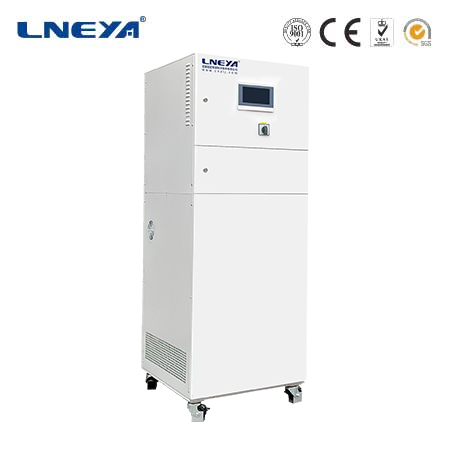heating cooling system
Introduction to Heating and Cooling Systems
Heating and cooling systems play a vital role in ensuring the comfort and well-being of occupants in buildings while also managing energy consumption. These systems can be found in a variety of settings, from homes to large commercial buildings and industrial facilities. This article delves into the principles behind heating and cooling systems, the different types available, and the components that make them work efficiently.

Principles of Heating and Cooling Systems
The basic principle behind heating and cooling systems is to maintain a comfortable indoor temperature by either adding or removing heat from the indoor air. Heating systems work by transferring heat into the building, while cooling systems work by transferring heat out of the building.
Types of Heating and Cooling Systems
There are several types of heating and cooling systems, each with its own advantages and applications:
Central Forced Air Systems: These systems use ducts to distribute heated or cooled air throughout a building. They are common in residential and commercial settings.
Heat Pumps: These systems can provide both heating and cooling by transferring heat from one place to another. They are highly energy-efficient and are suitable for milder climates.

Variable Refrigerant Flow (VRF) Systems: These systems offer precise temperature control and are ideal for large buildings with varying cooling and heating needs.
Radiant Heating and Cooling Systems: These systems use conduction to heat or cool surfaces, providing a consistent temperature without the need for air movement.
Hydronic Systems: These systems use hot water or steam to heat spaces and can be combined with radiant panels for heating or with air handlers for cooling.
Components of Heating and Cooling Systems
The efficiency and performance of heating and cooling systems depend on their components, which include:
Heat Exchangers: These components transfer heat between the refrigerant and the air or water, playing a crucial role in both heating and cooling processes.
Compressors: In cooling systems, compressors increase the pressure and temperature of the refrigerant, while in heat pumps, they help move heat from a cooler space to a warmer one.
Expansion Valves: These control the flow of refrigerant into the evaporator, ensuring optimal cooling performance.
Furnaces and Boilers: These provide the heat source for forced air heating systems, burning fuel to produce hot air or water.

Controls and Thermostats: These systems manage the operation of the heating and cooling equipment, adjusting the temperature based on user settings and ambient conditions.
Energy Efficiency in Heating and Cooling Systems
Energy efficiency is a critical consideration in heating and cooling systems. High-efficiency systems can significantly reduce energy consumption and costs. Government standards, such as ENERGY STAR, help consumers identify products that meet high efficiency levels.
Smart Technologies in Heating and Cooling Systems
The integration of smart technologies, such as IoT and AI, is transforming heating and cooling systems. These technologies enable remote control, automated adjustments, and predictive maintenance, leading to improved comfort, energy savings, and extended equipment life.
Environmental Impact and Sustainability
Heating and cooling systems have a significant impact on energy consumption and greenhouse gas emissions. As such, there is a growing focus on developing and adopting sustainable technologies, such as geothermal heat pumps and solar-assisted cooling systems, to reduce this impact.
Conclusion
Heating and cooling systems are integral to maintaining comfortable indoor environments and managing energy use in buildings. By understanding the principles, types, and components of these systems, as well as embracing energy-efficient and smart technologies, we can optimize their performance and reduce their environmental impact. As technology continues to advance, the future of heating and cooling systems promises to be more sustainable and efficient.
Related recommendations
water chiller suppliers
188Water chiller suppliers are critical intermediaries in the cooling equipment market, connecting manufacturers with end-users who require water chillers for various applications. Their role extends...
View detailschiller for injection molding machine
692Injection molding is a process where molten plastic is injected into a mold to produce various plastic parts. An essential component of this process is the chiller, which is responsible for coolin...
View detailsfree cooling chiller
354How Free Cooling Chillers WorkFree cooling chillers take advantage of cooler ambient air or water temperatures to cool the process fluid, reducing or eliminating the need for mechanical refrigera...
View detailschiller units uk
377Chiller Units UK: Market Trends, Innovations, and Sustainability The United Kingdom's chiller market is a dynamic and growing sector, driven by the need for efficient temperature control in a v...
View details
 LNEYA Thermal Test Chillers
LNEYA Thermal Test Chillers





HelloPlease log in